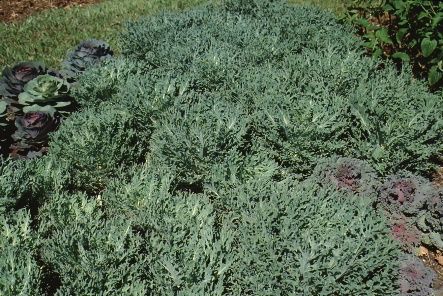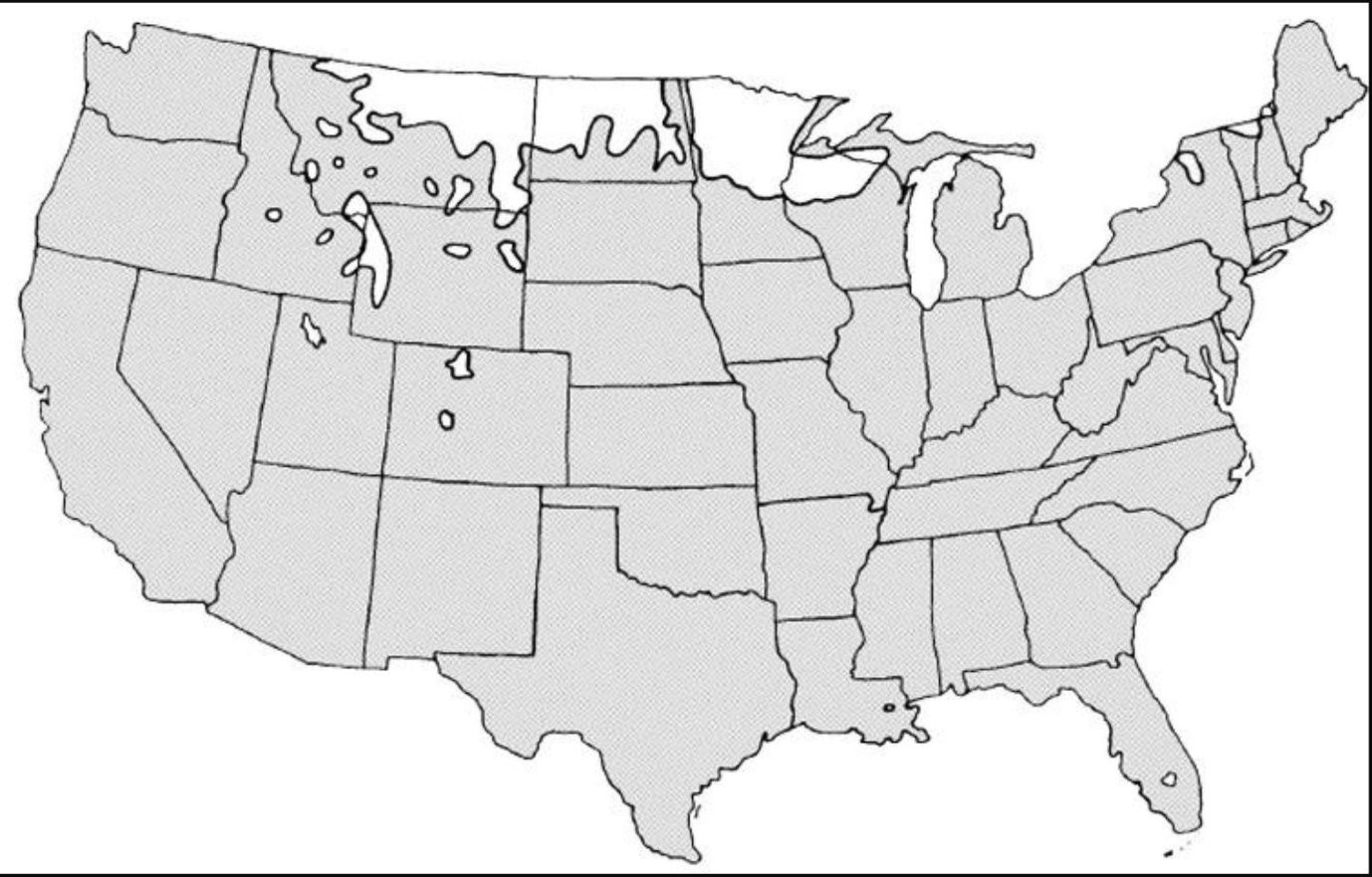Introduction
The 'White Peacock' ornamental cabbage has an open head with finely-divided foliage. It does not make the tight head common on cabbages sold in the grocery store (Capitata group). Leaves on ornamental cabbage are edible but showier than the Capitata group, and they are displayed in loose, showy rosettes. Fringed leaves are bluish-green with prominent, white veins.

Credit: Edward F. Gilman, UF/IFAS

Credit: Edward F. Gilman, UF/IFAS
General Information
Scientific name: Brassica oleracea 'White Peacock'
Pronunciation: BRASS-ick-uh awl-lur-RAY-see
Common name(s): 'White Peacock' flowering kale
Family: Cruciferae
Plant type: annual; biennial
USDA hardiness zones: all zones (Figure 3)
Planting month for zone 7: Feb; Mar
Planting month for zone 8: Nov; Dec
Planting month for zone 9: Dec; Jan; Feb
Planting month for zone 10 and 11: Dec; Jan; Feb
Origin: not native to North America
Invasive potential: not known to be invasive
Uses: edging; attracts butterflies
Availability: generally available in many areas within its hardiness range

Credit: undefined
Description
Height:1/2 to 1 feet
Spread: 1 to 1½ feet
Plant habit: round
Plant density: dense
Growth rate: slow
Texture: fine
Foliage
Leaf arrangement: spiral
Leaf type: simple
Leaf margin: parted
Leaf shape: orbiculate
Leaf venation: pinnate
Leaf type and persistence: not applicable
Leaf blade length: 8 to 12 inches
Leaf color: green; purple or red; variegated
Fall color: not applicable
Fall characteristic: not applicable
Flower
Flower color: yellow
Flower characteristic: showy
Fruit
Fruit shape: unknown
Fruit length: unknown
Fruit cover: unknown
Fruit color: unknown
Fruit characteristic: inconspicuous and not showy
Trunk and Branches
Trunk/bark/branches: usually with one stem/trunk
Current year stem/twig color: not applicable
Current year stem/twig thickness: not applicable
Culture
Light requirement: plant grows in full sun
Soil tolerances: acidic; slightly alkaline; sand; loam
Drought tolerance: moderate
Soil salt tolerances: unknown
Plant spacing: 12 to 18 inches
Other
Roots: not applicable
Winter interest: plant has winter interest due to unusual form, nice persistent fruits, showy winter trunk, or winter flowers
Outstanding plant: plant has outstanding ornamental features and could be planted more
Pest resistance: long-term health usually not affected by pests
Use and Management
Cabbage can be used reliably as a bedding plant in the fall and spring throughout the deep south. Some die back may occur in the coolest regions of the south and into north Florida in a very cold winter. It can be used throughout the winter in central and south Florida. When flowers begin to appear, it is time to remove the plants and replant with a more heat tolerant bedding plant. Propagation is by seed.
Pests and Diseases
Caterpillars can eat holes in the leaves. Although this does not kill the plant, it makes them unattractive.